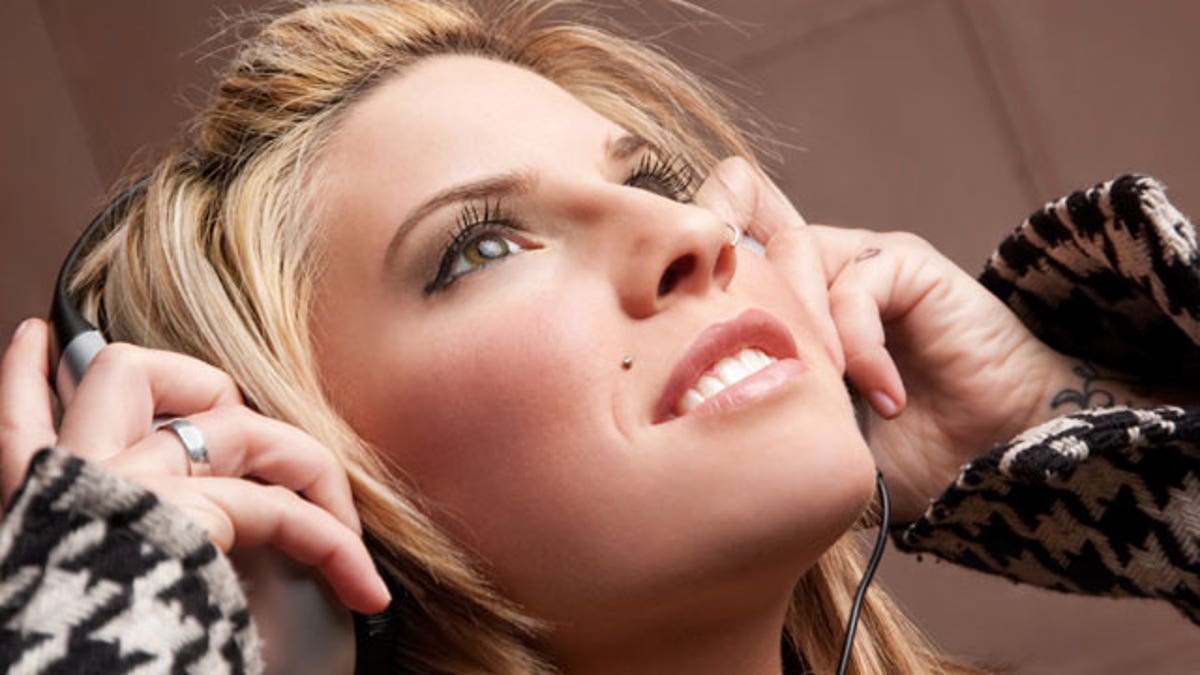Teen Brains Can Predict Pop Songs, Study Finds
{{#rendered}} {{/rendered}}
What makes a song popular? A teen's brain seems to know, even if he or she won't admit to actually liking the song.
In a study originally designed to determine the effect of peer pressure on teens' song choices, Gregory Berns of Emory University asked 27 teens, ages 12 to 17, listen to snippets from 120 unknown artists while he scanned their brains. The music was picked from unsigned artists on MySpace in 2006.
It wasn't until 2009, when Berns heard Kris Allen sing "Apologize" by One Republic on the FOX television show "American Idol," that he realized some of the songs he had used in the original study, such as "Apologize," might have become popular.
{{#rendered}} {{/rendered}}"It occurred to me that we had this unique data set of the brain responses of kids who listened to songs before they got popular," Berns said in a statement. "I started to wonder if we could have predicted that hit."
Predictive brainpower
He decided to take a second look at the three-year-old data, to determine if there was a correlation between the teens' brains or their ratings of the music and song sales (from 2007 to 2010, as calculated by the Nielsen Company). When the teens were listening to songs later found to become popular, the reward centers of their brains were more active than when listening to future duds, he found. [Read: 10 Facts About a Teen's Brain]
"You really can't fake the brain responses while you're listening to the song," Berns said. "That taps into a raw reaction."
{{#rendered}} {{/rendered}}The correlation wasn't perfect, but it was significant enough. Of the top 10 reward-center activating songs, five of the songs sold more than 50,000 copies. However, three that weren't in the neural-activating top 10 were the only songs selling more than 500,000 (the industry standard "hit").
This correlation didn't show up in the teens' actual ratings of the songs, which Berns theorizes can be complicated by their thought processes. “You have to stop and think, and your thoughts may be colored by whatever biases you have, and how you feel about revealing your preferences to a researcher," Berns said.
Population-level predictions
The study is limited by its small, specialized sample of teenagers. It's possible using a more diverse crowd could help increase predictive value of the sample. Also, the majority of the 120 songs used in the study didn't hit high sales numbers. Only three sold more than 500,000 copies.
{{#rendered}} {{/rendered}}This study is part of a new field, called "neuroeconomics," in which brain scans from a group of individuals are used to cultural phenomenon across a population. So far, this method has been used to determine the decision-making effects of everything from product packaging to politics.
“My long-term goal is to understand cultural phenomena and trends," Berns said. "I want to know where ideas come from, and why some of them become popular and others don't. … Ultimately, I’m trying to predict history."
The study will be published in a forthcoming issue of the Journal of Consumer Psychology.
* 10 Facts Every Parent Should Know about Their Teen's Brain
* 7 Ways the Mind and Body Change With Age
* Top 10 Mysteries of the Mind
